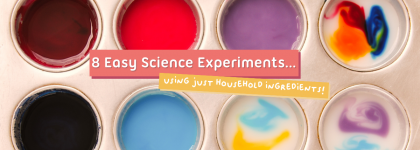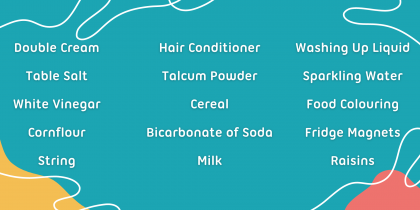
Blog
8 Easy Science Experiments using just Household Ingredients
Has British Science Week left you looking for more fun and educational activities to do at home with your children? Well, look no further than your cupboards! There are plenty of easy science experiments you can do using just simple ingredients you may already have laying around at home.

If you have even just some of the items we've listed, there is plenty that you can do with them! So go ahead and gather up what you can before diving in to the experiments we've compiled below.

Bicarb and Vinegar Volcano
Mix together bicarbonate of soda and vinegar in a container and watch as they react and create a fizzy eruption. Why not go the extra mile and add a few drops of red or orange food colouring to make it look like lava, or green to make it look like slime?
Dancing Raisins
Drop a few raisins into a clear glass of sparkling water or lemonade and watch them dance up and down as the bubbles attach to them and pop over and over again.
Homemade Butter
Fill an empty jam jar with double cream and shake it until it begins to separate and turns into butter. This experiment teaches children about the process of emulsion, plus, all their hard work will result in something yummy that they can have on toast or give as a homemade gift! You will also be left with buttermilk, which can be used to make pancakes with.
Cloud Dough
To make a play dough that's as soft as clouds, it really is as simple as mixing two basic ingredients together! Combining equal parts Hair Conditioner (or baby lotion if you'd prefer) with Cornflour creates the softest playdough you'll have ever felt! You can mix food colouring in if you'd like, and keep it in an air-tight container to use again and again.
Rainbow Milk
Add a few drops of food colouring to a shallow dish of milk, then dip a cotton bud coated in washing-up liquid into the milk and watch as the colours swirl and mix together.
Magnetic Cereal
Crush up a cereal like Cheerios, Shreddies or Special K and use a magnet to attract the iron in the cereal. This experiment teaches about magnetic properties, and also how Iron is included in foods like cereal to help us maintain healthy blood.
Oobleck Fun
To make oobleck, start by mixing 130g of cornflour with 120ml of water in a large mixing bowl. Mix everything together until it forms a thick, gooey consistency. If the mixture is too dry, add a bit more water. If it's too runny, add more cornflour. Once you've achieved the desired consistency, let children play with the oobleck using their hands, spoons, or other utensils. Oobleck is a fun sensory activity that will keep children entertained due to it being neither solid nor liquid (non-Newtonian is the scientific term!)
Grow your own Crystals
Pour warm water into a glass until it's about half full. Add a few spoonfuls of table salt to the water and stir until the salt dissolves. Cut a piece of string that is long enough to reach from the bottom of the glass to the top, and tie one end to a pencil or stick. Dip the free end of the string into the salt water, making sure it is completely submerged, resting the pencil or stick across the top of the glass so that the string hangs down into the water. Leave the glass in a warm, dry place and watch over the next few days as the water evaporates and salt crystals start to form on the string.
These experiments are sure to provide hours of entertainment and learning for children of all ages. Plus, they're easy to do with ingredients you already have on hand. So why not try one out today?
